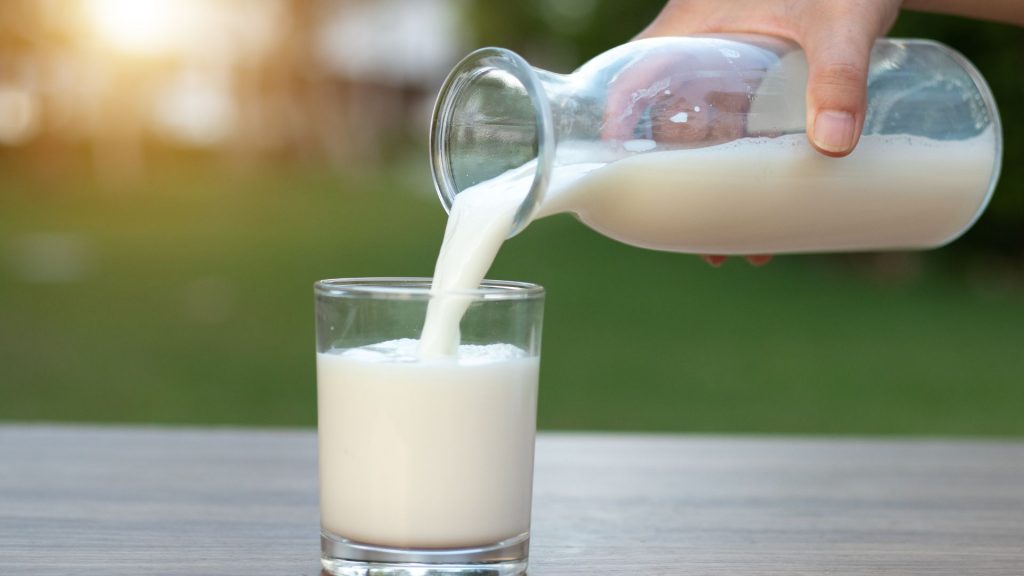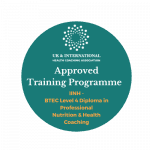I recently came across a survey asking participants their preference in milk between a whole milk and semi-skimmed milk; more than half of the participants indicated that they always buy the lowest fat option. Was I surprised to see this result? Not really, considering that we have all been brainwashed for decades that low-fat food, and in particular low saturated fat food, is better for our health and to keep our “perfect” beach body shape (if it is even a thing! But that’s for another article). Less fat, less calories equal weight loss? Not necessarily, and here is why.
Let’s first talk about milk: it is a staple food in many countries, with an average per capita consumption of 70 litres per year in 2018 (equivalent to 1.4 litre per week), dropping by just under 50% since 1974 (1). There are many types of milk commercially available nowadays, ranging from the most consumed cow milk, followed by the tasty goat milk, and the rich buffalo milk. In addition, plenty of not-so-new plant-based milks (almond, coconut, soya…) are gaining a huge popularity within the vegan community. Aside of those suffering of dairy allergy, plant-based milk is a common option for those of us finding cow’s milk more difficult to digest, but also for people seeking alternative to non-dairy products, for personal conviction rather than health issues.

Composition
With this array of choices, why do people decide not to buy the full fat version and rather get the white liquid stripped down of his fat content? In order to understand this popular choice, we need to have a closer look into the milk composition. Cow milk (referred to as ‘milk’ in this article) is a mix of 88% water, 5% lactose (carbohydrate), 3.5% fat, 3.3% protein, and 0.7% minerals (2).
Milk composition varies depending on the species (cow, goat, sheep), breed (Holstein, Jersey), the animal’s feed, and the stage of lactation. For instance, buffalo milk contains the highest fat content, with 7.5% fat content in comparison to the 3.5% fat in cow milk. So 3.5% of fat doesn’t sound a lot, does it? Well, it can when you know that a semi skimmed milk only contains 1.5 to 2% of fat, and a skimmed milk has an even lower fat content at 0.3%. Add to this the demonization of fat in the late 70s and food manufacturers inundating our supermarket aisles with low-fat options, you can then understand why semi-skimmed milk became the option of choice for most of us drinking our beloved tea with milk several times a day.
Is it the best choice?
However, is it the best choice, nutritionally speaking? There are mounting evidence now that full fat milk gives best access to fat soluble vitamins, such as vitamin A. Vitamin A is essential for reproduction and foetal development, bones and teeth, eyes, cell growth and development and to protect us against infection. A severe deficiency during childhood can cause irreversible blindness. By reducing the fat content by half in semi-skimmed milk, we are drinking effectively half of the benefits in vitamin A that we could get by supporting a full fat version.

We are also missing on the additional vitamin D and omega-3 contained in the full fat version. It is to be noticed that most milk manufacturers fortify low-fat milk with vitamin D to fill the gap, which is not the case for omega-3. This latter is an essential fatty acid linked for optimum brain and heart function, and it is widely lacking in our modern diets, due to the higher consumption of highly refined oils or spreads containing high levels of omega-6. By eliminating fat or in general any high fat foods from our diet, we are depriving our body of the essential and healthy fats found for instance in nuts, seeds, oily fish and, of course, full fat milk.
Why the low popularity?
Another reason for the low popularity of whole milk is based on conventional nutrition guidelines, advising to avoid saturated fats which are associated with heart diseases by elevating cholesterol levels. Numerous studies have now demonstrated the lack of evidence to support this connection (3), which suggests that the consumption of whole milk is nowhere near as bad as we were led to believe.
Additionally, more evidences have been published recently to challenge the old-time nutritional guidelines for low fat, high carbohydrates diet for controlling obesity. It is actually the reverse diet (low carb, full-fat and protein foods) that shows the best result when it comes to controlling weight. This way of eating is proven to be effective at reducing hunger over long periods, and it is an easy diet to adopt and maintain unlike the low fat and high carb diet recommended by official guidelines. In a relatively recent review (4), a positive association between lower risk of obesity and consumption of full-fat milk was determined. Even better, the consumption of full fat dairy was recently found to reduce the risk of diabetes type 2 by 44 per cent (5).
What should you do?
So… should you get rid of the semi-skimmed milk in your fridge and quickly replace it for the full fat version? For a milk lover like me, and knowing the benefits of good fat, my response is a big (fat!) yes. To me, there is nothing better than a rich, creamy milk to accompany my porridge in the morning. It is unfortunate that our official guidelines promoted for years the low-fat diet to lose weight and prevent cardiovascular diseases, and so many of us are still strongly holding onto this belief these days.
As a nutrition and health coach, I believe in evidence-based nutritional recommendations to guide my clients in achieving optimal health. It is fairly evident that full-fat milk, but also any food by extension, will bring multiple benefits to most people and in particular would help in losing weight. That’s being said, it is crucial to always seek advice from a nutrition expert to assess individual needs and plan a customised eating plan.
Alumni Article
Guest written by Claudine Cognat
You can find Claudine on Instagram @claudinenutritioncoaching
References:
- ahdb.org.uk – Accessed on 11th July 2022.
- Milkfacts.info – Accessed on 11th July 2022.
- Siri-Tarino PW, Sun Q, Hu FB, Krauss RM. Meta-analysis of prospective cohort studies evaluating the association of saturated fat with cardiovascular disease. Am J Clin Nutr. 2010 Mar;91(3):535-46.
- Kratz M, Baars T, Guyenet S. The relationship between high-fat dairy consumption and obesity, cardiovascular, and metabolic disease. Eur J Nutr. 2013 Feb;52(1):1-24.
- Yakoob MY, Shi P, Willett WC, Rexrode KM, Campos H, Orav EJ, Hu FB, Mozaffarian D. Circulating Biomarkers of Dairy Fat and Risk of Incident Diabetes Mellitus Among Men and Women in the United States in Two Large Prospective Cohorts. Circulation. 2016 Apr 26;133(17):1645-54.











